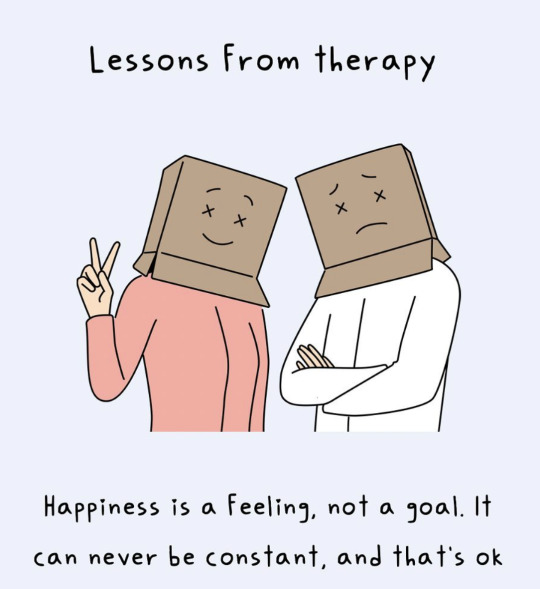Text
When it’s a Tuesday and “Heat of the Moment” starts playing:

2 notes
·
View notes
Text
"everyone experiences [symptom]" how many times does it have to be explained that it's often about the frequency of the symptom, not the symptom itself
#that’s not normal#see a doctor#it’s not the symptom it’s the frequency#health#mental health#physical health
46K notes
·
View notes
Text






67K notes
·
View notes
Text

564 notes
·
View notes
Text
girls don’t like boys, girls like halloween and horror movies
19K notes
·
View notes
Photo

7K notes
·
View notes
Photo




from sebastian stan’ instagram stories - june 19, 2022
#sebastian stan#i love seeing his goofy side#this is adorable#silly seb#stupid sexy seabass#i love him
858 notes
·
View notes
Photo








Musical Beers with Jeremy Renner, Elizabeth Olsen, Paul Bettany and Sebastian Stan
3K notes
·
View notes
Text

12K notes
·
View notes
Text



SUPERNATURAL,1.01: PILOT
4K notes
·
View notes
Text

#writing#writers#writer memes#writers meme#writing memes#writer problems#writing problems#funny#humor
26K notes
·
View notes
Text
HOW TO GIVE PERSONALITY TO A CHARACTER
Giving personality to a character is an essential part of character development in storytelling, whether you're writing a novel, screenplay, or creating a character for a role-playing game. Here are some steps and considerations to help you give personality to your character:
Understand Their Backstory:
Start by creating a detailed backstory for your character. Where were they born? What were their childhood experiences like? What significant events have shaped their life? Understanding their past can help you determine their motivations, fears, and desires.
2. Define Their Goals and Motivations:
Characters often become more interesting when they have clear goals and motivations. What does your character want? It could be something tangible like a job or a romantic relationship, or it could be an abstract desire like happiness or freedom.
3. Determine Their Strengths and Weaknesses:
No one is perfect, and characters should reflect this. Identify your character's strengths and weaknesses. This can include physical abilities, intellectual skills, and personality traits. Flaws can make characters relatable and three-dimensional.
4. Consider Their Personality Traits:
Think about your character's personality traits. Are they introverted or extroverted? Shy or outgoing? Kind or selfish? Create a list of traits that describe their character. You can use personality frameworks like the Myers-Briggs Type Indicator or the Big Five Personality Traits as a starting point.
5. Give Them Quirks and Habits:
Quirks and habits can make a character memorable. Do they have a specific way of speaking, a unique fashion style, or an unusual hobby? These details can help bring your character to life.
6. Explore Their Relationships:
Characters don't exist in isolation. Consider how your character interacts with others. What are their relationships like with family, friends, and enemies? These relationships can reveal a lot about their personality.
7. Show, Don't Tell:
Instead of explicitly telling the audience about your character's personality, show it through their actions, dialogue, and decisions. Let the reader or viewer infer their traits based on their behavior.
8. Create Internal Conflict:
Characters with internal conflicts are often more engaging. What inner struggles does your character face? These can be related to their goals, values, or past experiences.
9. Use Character Arcs:
Consider how your character will change or grow throughout the story. Character development is often about how a character evolves in response to the events and challenges they face.
10. Seek Inspiration:
Draw inspiration from real people, other fictional characters, or even historical figures. Study how people with similar traits and backgrounds behave to inform your character's actions and reactions.
11. Write Dialogue and Inner Monologues:
Writing dialogue and inner monologues from your character's perspective can help you get inside their head and understand their thought processes and emotions.
12. Consider the Setting:
The setting of your story can influence your character's personality. For example, a character who grows up in a war-torn environment may have a different personality than one raised in a peaceful, affluent society.
13. Revise and Refine:
Don't be afraid to revise and refine your character as you write and develop your story. Characters can evolve and change as the narrative unfolds.
Remember that well-developed characters are dynamic and multi-faceted. They should feel like real people with strengths, weaknesses, and complexities. As you write and develop your character, put yourself in their shoes and think about how they would react to various situations. This will help you create a compelling and believable personality for your character.
11K notes
·
View notes
Text
incredibly fucked up you can put off things for “tomorrow” and then. and then tomorrow comes
51K notes
·
View notes
Text




SCREAM 2 (1997) Dir. Wes Craven
2K notes
·
View notes
Text
this was insane
353 notes
·
View notes
Photo



Now wait a second. Are you trying to tell me that just because people believe in Mordechai, he’s real? I dunno, maybe.
2K notes
·
View notes
Text

11K notes
·
View notes